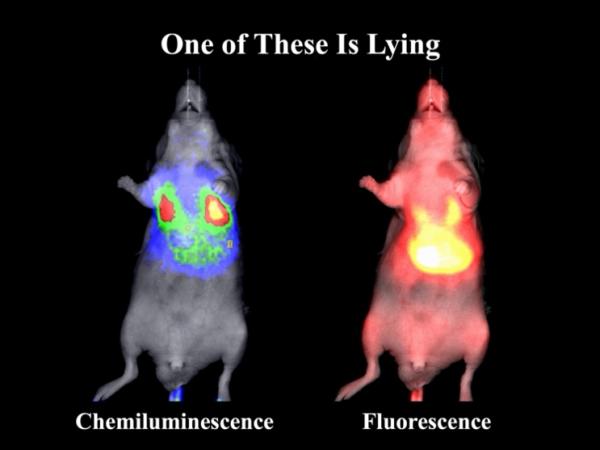
Jung-Jae Lee PhD
Abstract
Imaging techniques are a vital part of clinical diagnostics and biomedical research. Optical molecular imaging makes use of relatively harmless, low-energy light, and technically straightforward instrumentation. Bioluminescence imaging systems, particularly the use of firefly luciferin, are attractive because they have inherently high signal contrast due to the lack of background emission. However, current bioluminescence imaging involves short-lived molecular species that are not stored, and they typically emit visible light, which does not penetrate far through heterogeneous biological media. Here, we describe a new paradigm for optical molecular imaging using singlet oxygen encapsulated inside a nanoparticle with near-infrared fluorescent dye molecules. Chemiluminescence can be stored indefinitely at temperatures below -20 oC, but upon warming to body temperature, it undergoes a chemical reaction and emits near-infrared light that can pass through a living mouse. The whole-body image of chemiluminescence in our recent works provides a capability to image deep-tissue sites (> 4 cm), and consequently, our optical imaging protocols can be utilized for the early diagnosis and identification of tumor sites such as head and neck cancer and pancreatic cancer.
When: May 3, 2024
Where: North Classroom 1130
Time: 11:00 am - 12:00 pm
